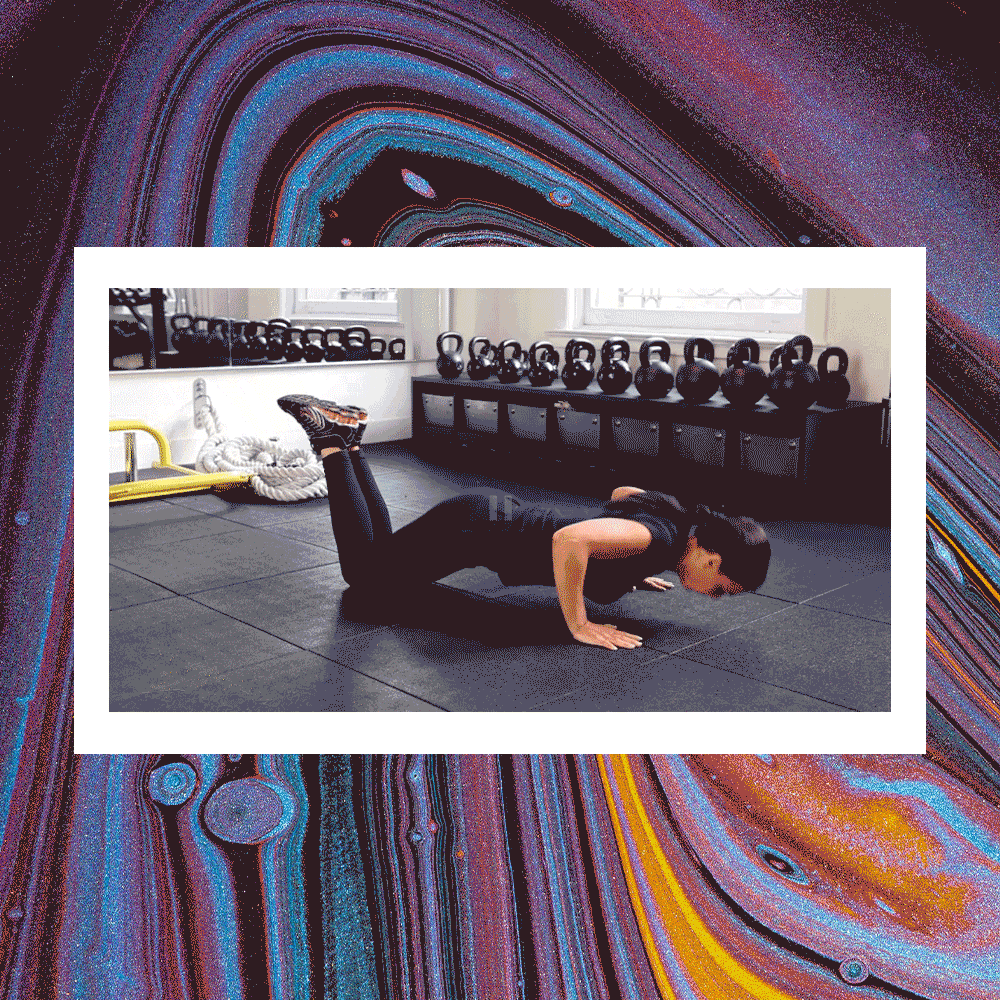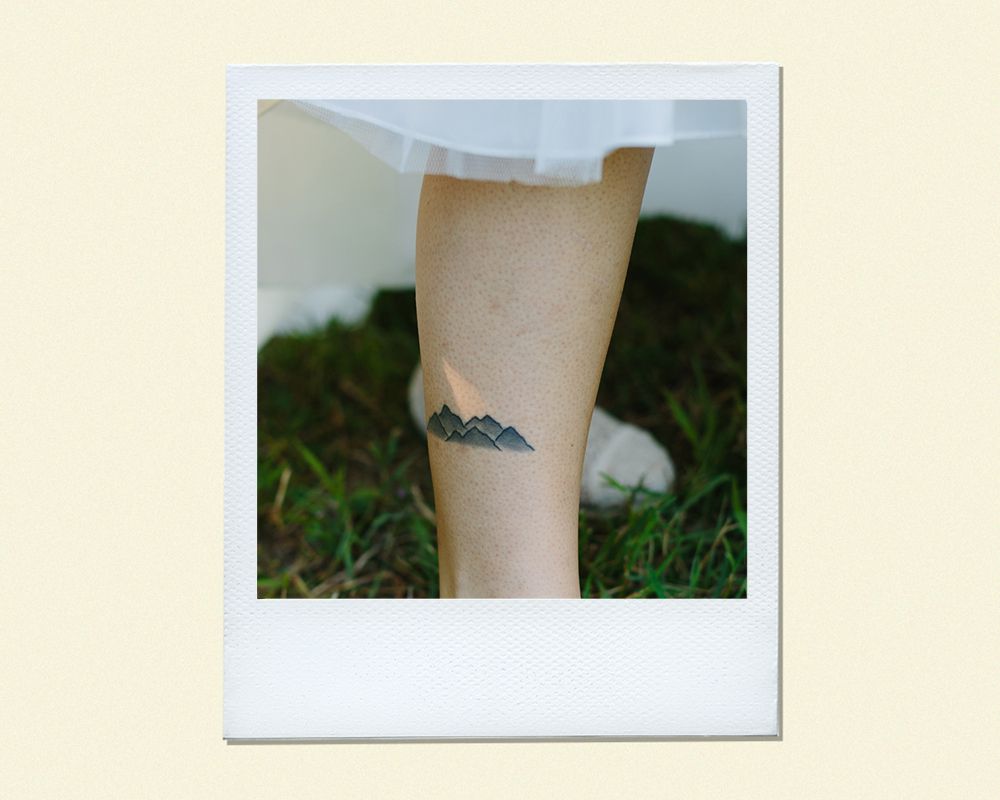Your Guide to Liquid Rhinoplasty, the Non-Surgical Nose Job
In a recent annual trends report for 2020 from the American Society of Plastic Surgeons (ASPS), nose reshaping officially replaced breast augmentation as the top cosmetic procedure (352,555 reported procedures). Facial procedures were increasingly popular last year, with eyelid surgery (352,112) and facelifts (234,374) as the second and third most popular procedures. However, there’s no statistical information that explains the surge in facial cosmetic surgery, though you can probably correlate it to excess Zoom calls, the rise in video-first social platforms like TikTok, or even extra downtime.
But still, if you ask anyone who’s considered rhinoplasty why they’ve gone back and forth on the decision, it’s probably for one or more of the following reasons: the cost of the procedure, extensive recovery times, the anxiety of it being permanent, being afraid of surgery—the list goes on. So for those still on the fence, what’s an alternative they can count on?
Enter: “liquid” rhinoplasty. From the initial consult to walking away with a newly contoured nose, I asked two medical experts what to expect when signing up for the procedure. Below, see how we thoroughly break down non-surgical rhinoplasty.
What Is Liquid Rhinoplasty?
“Liquid” rhinoplasty, also referred to in the medical world as non-surgical rhinoplasty, is a non-surgical procedure that injects dermal filler (like hyaluronic acid) into the nose to alter its shape. Dr. Lara Devgan (@laradevganmd), a plastic surgeon whose busy Park Avenue practice is behind 15,000 procedures in the New York City area, explains it in more detail: “With a careful understanding of the three-dimensional surgical anatomy of the nose, I can use injectable filler as if it were a surgical cartilage graft to lift the tip, straighten the bridge, define the bulbousness, and improve the symmetry of the nose.”
Dr. Devgan also mentions that although liquid rhinoplasty is one of the most instantly gratifying procedures, “it is also one of the most highly complex procedures in plastic surgery due to the intricate anatomy of the bone, cartilage, periosteum, perichondrium, subcutaneous fat, soft tissue, and skin of the nose.” A non-surgical nose job can cost anywhere from $700-2000, around 60% less than a traditional rhinoplasty.
Benefits of Liquid Rhinoplasty
There are several reasons someone who wants to alter the appearance of their nose may opt for liquid rhinoplasty, not the least of which being that it can take away some of the apprehension around a surgical procedure. A few main benefits are as follows:
- Less expensive than surgical rhinoplasty
- Little to no downtime
- Instant gratification
- Not permanent
“In skilled hands, nonsurgical rhinoplasty can offer an extremely precise and minimal downtime way to improve the contour of the nose,” says Dr. Devgan. She adds that patient satisfaction with the procedure is extremely high, but that said, “it does have limitations: it is not permanent and must be maintained over time, and it is not powered to remove tissue, alter breathing function, or reduce nasal width.”
Dr. Natalia Elizondo (@dranataliaelizondo), an MD based out of Sonora, Mexico who also sees several patients for non-surgical rhinoplasty, tells me the same benefits and expectations when thinking about “liquid” rhinoplasty. “This procedure is for cosmetic purposes only—its sole purpose is to harmonize the face using symmetry,” she explains. “This procedure will not be able to fix conditions like a deviated septum or other conditions that affect breathing.” Both say that the procedure’s minimal downtime is a huge benefit, considering a surgical procedure can take weeks to recover from and about 12-14 months to see the full result.
Who’s Eligible for Non-Surgical Rhinoplasty?
Both doctors mention that only certain candidates who meet specific criteria are eligible for the non-surgical procedure. Dr. Devgan says that “patients with functional breathing problems, wide or severely over projected noses, or the desire to have a permanent solution are best suited for surgery.” She mentions that which procedure to get depends on the kind of aesthetic and outcome you’re looking for. Patients looking to change bumps and droopy tips, rather than width, would be ideal candidates for “liquid” rhinoplasty, she mentions.
Dr. Elizondo adds that a patient with too many nasal surgeries is also not the ideal candidate. “You have a hard time with patients who have had several nasal-related surgeries due to the filler being more difficult to inject,” she explains. “I do not take patients that have deep scarring; it wouldn’t be an ideal procedure.” Like Dr. Devgan, she also mentions that the weight of the tip of the nose is crucial, noting that a non-surgical procedure won’t do much if it’s too heavy. “The cartilage will begin to droop again given that its weight outweighs the filler.”
How to Prepare for the Procedure
Dr. Devgan and Dr. Elizondo have similar approaches when conducting a non-surgical rhinoplasty procedure. They have consults before the procedure, making sure their patient is a great candidate and that they can deliver expected results. Dr. Elizondo mentions that if a patient isn’t suited for non-surgical rhinoplasty, she always recommends any available alternatives, such as referring them to a plastic surgeon if they’re comfortable going the surgical route. Given that Dr. Devgan is a board-certified certified plastic surgeon herself, she’ll let her patients know if they are more suitable for a surgical rhinoplasty instead.
Before the procedure, the doctors recommend that you avoid taking aspirin or ibuprofen, as these may increase bleeding and bruising. It’s also essential to stop drinking alcohol 24 hours before the procedure for the same reasons. When starting the procedure, Dr. Devgan says, “I carefully analyze and assess their anatomy, mark and measure their nose and nose-chin balance, as a retruded chin is often corrected as part of a profile balancing.” Next, her nurse will take standardized photos, obtain informed consent, topically numb the face, and sterilize the areas in question. “Finally, in performing a nonsurgical rhinoplasty, I use my signature approach that I have described and presented across the globe: careful microdroplet injection technique, aspiration for safety, injection on needle withdrawal deep on the periosteum or perichondrium, and tip flip,” she says.
Dr. Elizondo’s procedure is very similar, adding that in addition to the numbing cream, “I will add a cold gel to the nasal tip on some patients to numb the area further, as it can be the most painful for patients.” She also offers a stress ball, making sure her patients take deep breaths and feel as comfortable as they can during the procedure. Dr. Elizondo will carefully manipulate the filler to reach the desired shape, and after a few precise injections, she will clean the areas again to minimize the risk for infection. Finally, she’ll add bandages just like a surgical rhinoplasty procedure, making sure that the new nasal shape stays intact.
Aftercare and Results
Both doctors share a similar post-procedure protocol. “Patients should avoid alcohol, aspirin, Advil, and blood thinners for several days before and after injectables. Excessive movement or contact, including heavy glasses or sleeping on the face, should be avoided for one to two weeks,” says Dr. Devgan. Exercise is not allowed, as it can increase the chances of an infection in the nasal area. The doctors also advise staying out of direct sunlight for those first few days.
Dr. Elizondo adds that she asks her patients to come back after a week to 10 days for a post-procedure appointment, in order to review progress and see if she needs to do a filler touch-up. “I also recommend my patients drink a lot of water,” she shares. “The dermal filler I use is hyaluronic acid, a sugar molecule naturally produced by your body. Because it is naturally found in your skin and cartilage, not drinking enough water will cause your body to take the filler away from your nose over time.”
Final Takeaways
Regarding the longevity of the procedure, Dr. Devgan says, “the more times a non-surgical rhinoplasty is maintained, the longer it lasts, and after several sessions, some patients have results that last for years.” Dr. Elizondo tells her patients to come a year after their initial session for a touch-up. After a few more consistent corrections, she mentions that her patients can achieve a semi-permanent structure.
Liquid rhinoplasty has many benefits if you’re the ideal candidate, looking for a less expensive alternative, and want something with less downtime than a surgical nose job. But although it’s a minimally invasive procedure, you must consult with a medical professional to see if it’s the right approach for you. “Many people don’t understand the seriousness of nonsurgical rhinoplasty and injectables in general because they appear so quick and easy in Instagram videos and Tiktoks,” highlights Dr. Devgan. “The reality is that navigating the three-dimensional neurovascular anatomy of the face is like tap dancing thorough a stack of overlapping spider webs without breaking a single strand.”









